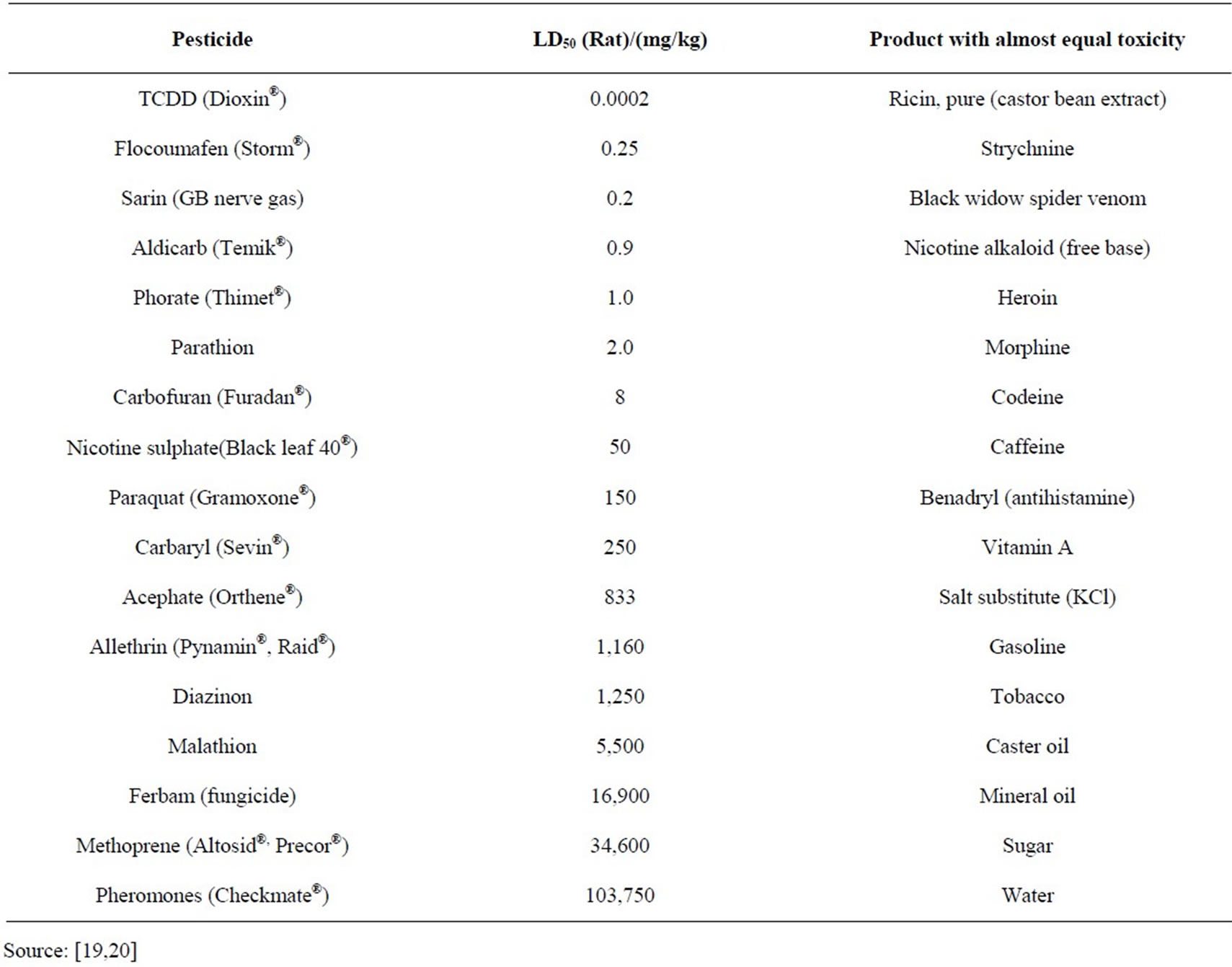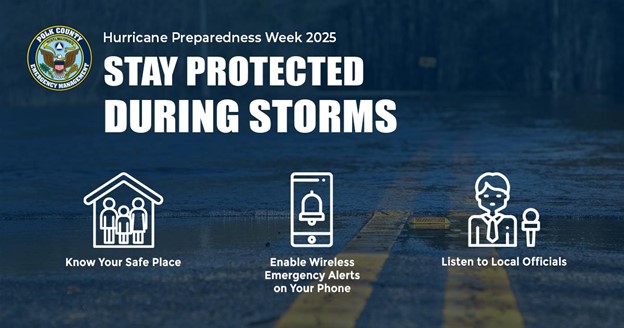
High-Strength Wastewater Treatment: Advancements in On-Site Solutions
By Chris Roy

Introduction
High-strength wastewater is often hauled away to be managed, treated, or disposed of off-site, especially in applications like manure digestate and landfill leachate treatment, where strict regulations require the removal of contaminants before disposal or reuse. Hauling wastewater is one of the most expensive and least sustainable means of managing wastewater, significantly impacting the environment through carbon emissions, and drastically increasing operational costs. As industries strive to meet environmental and economic goals, finding sustainable wastewater treatment methods is needed — now more than ever.
Challenges With Hauling
The logistics of wastewater hauling faces several challenges, the most significant being the high costs associated with its transportation. Unlike electricity or drinking water, which can be transmitted efficiently over long distances, wastewater that is unfit for sewer discharge is much more difficult and costly to transport. And complying with ever-tightening regulations can be difficult as well as costly due to surcharges or fines. These challenges include:
- High Costs: The costs of wastewater hauling can be significantly high, influenced by things such as distance traveled, the frequency of hauling, the volume of wastewater being transported, fuel costs, and tipping fees at the offloading sites.
- Environmental Risks During Transport: Hauling wastewater poses significant environmental risks, including potential spills that can pollute soil and water, harming ecosystems and posing health dangers to communities and wildlife.
- PR & Community Impacts: Wastewater hauling can damage a company’s public image and reputation, especially when heavy trucking through residential areas is a constant occurrence.
- Energy Consumption and Carbon Footprint: The process of wastewater hauling consumes high quantities of diesel fuel and greatly increases carbon emissions.
Advantages Of Treating On-Site
Treating wastewater on-site offers several enticing advantages for both businesses and communities. It enables businesses to comply with local regulations more effectively, while simultaneously improving their public image by showing a commitment to environmental responsibility. Treating on-site also provides companies with enhanced control over their treatment process, ensuring the water they discharge meets limits and helps avoid unexpected fines and surcharges.
In terms of costs, reducing or eliminating the need for wastewater hauling can substantially reduce overall operational costs. Moreover, on-site treatment lowers the environmental impact of wastewater treatment by lowering energy use and carbon emissions from hauling. And in some applications, like in meat and poultry processing, treating wastewater in a chemical-free manner can open the possibility of selling or repurposing organic material as a cost neutral or even a revenue generating stream instead.
An Emerging Technology In Wastewater Treatment
Advancements in wastewater treatment technologies that unlock on-site treatment of these streams are essential for the industry to adopt and support. Membrane filtration, which uses a semi-permeable barrier to filter out impurities from water, has been the most cost-effective method in the past, but has seen only incremental material science innovation over the past 40 years.
With the introduction of new technologies, such as spiral-wound superfiltration membranes, wastewater treatment is on track to become more productive, less expensive, and more sustainable — changing the industry for the better.
Zwitterionic Superfiltration
Superfiltration (SF) is a membrane class that falls between nanofiltration (NF) and ultrafiltration (UF), combining the best qualities of both — high organic rejections and low-pressure operation. Zwitterionic SF membranes offer enhanced treatment capabilities and allow for more efficient removal of contaminants. By letting water and certain solutes like salts pass through its barrier, while blocking larger molecules and contaminants without clogging, this technology has a wide range of applications — including in high-strength wastewater treatment.
In manure digestate applications, zwitterionic SF membranes are designed to handle the toughest wastewater, resolving disposal challenges and creating value from leftover water and nutrients. Implementing a membrane-based solution for digestate can reduce waste hauling and emissions from land application, allow water reuse for irrigation or livestock, and enable the creation of organic fertilizer from recovered nutrients.
In meat and poultry industries, zwitterionic SF membranes provide chemical-free ways to fully remove fats oils and grease (FOG), proteins, and other dissolved contaminants from wastewater, enabling water reuse at scale, and converting organic byproducts into new revenue streams.
In landfill leachate, zwitterionic SF membranes provide the highest quality of reverse osmosis (RO) pretreatment, removing organic foulants without fouling itself and improving overall clean water recoveries, membrane performance, and lifetime.
Zwitterionic superfiltration membranes use innovative zwitterionic technology to construct a membrane that is immune to irreversible fouling. Operating with high efficiency, requiring less energy, and extending membrane life, zwitterionic membranes help facilities reduce their operational costs and support larger environmental sustainability goals.
The Future Of Wastewater Management
The future of wastewater management is being shaped by various exciting trends and innovations that promise to transform how we treat and reuse water. Advanced treatment technologies like zwitterionic membrane filtration are key in reducing the need for wastewater hauling, which in turn lowers both environmental impact and operational costs. In a world where companies are increasingly being required to improve plant efficiencies and bring down costs while decreasing their carbon footprint, wastewater hauling has become the low hanging fruit.
Chris Roy is a co-founder and director of commercial engineering at ZwitterCo. An expert in polymeric and ceramic membranes, Chris previously worked as a research and development engineer and field engineer for Veolia CeraMem and the ALSYS Group, where he piloted, commissioned, and supported numerous industrial wastewater treatment projects in the food and beverage, metal finishing, oil and gas, and aerospace industries. He graduated summa cum laude from the University of Massachusetts Amherst with a BS in chemical engineering and with departmental honors of greatest distinction for his independent research in polymer rheology.
SDGs, Targets, and Indicators
1. Which SDGs are addressed or connected to the issues highlighted in the article?
- SDG 6: Clean Water and Sanitation
- SDG 7: Affordable and Clean Energy
- SDG 9: Industry, Innovation, and Infrastructure
- SDG 11: Sustainable Cities and Communities
- SDG 12: Responsible Consumption and Production
- SDG 13: Climate Action
2. What specific targets under those SDGs can be identified based on the article’s content?
- SDG 6.3: By 2030, improve water quality by reducing pollution, eliminating dumping and minimizing release of hazardous chemicals and materials.
- SDG 7.2: By 2030, increase substantially the share of renewable energy in the global energy mix.
- SDG 9.4: By 2030, upgrade infrastructure and retrofit industries to make them sustainable, with increased resource-use efficiency and greater adoption of clean and environmentally sound technologies and industrial processes.
- SDG 11.6: By 2030, reduce the adverse per capita environmental impact of cities, including by paying special attention to air quality and municipal and other waste management.
- SDG 12.4: By 2020, achieve the environmentally sound management of chemicals and all wastes throughout their life cycle, in accordance with agreed international frameworks, and significantly reduce their release to air, water and soil in order to minimize their adverse impacts on human health and the environment.
- SDG 13.2: Integrate climate change measures into national policies, strategies and planning.
3. Are there any indicators mentioned or implied in the article that can be used to measure progress towards the identified targets?
- Reduction in carbon emissions from wastewater hauling
- Reduction in operational costs associated with wastewater hauling
- Improvement in water quality through on-site wastewater treatment
- Increase in the share of renewable energy used in wastewater treatment processes
- Reduction in the release of hazardous chemicals and materials through improved wastewater treatment
- Reduction in the adverse environmental impact of cities through on-site wastewater treatment
Table: SDGs, Targets, and Indicators
| SDGs | Targets | Indicators |
|---|---|---|
| SDG 6: Clean Water and Sanitation | 6.3: By 2030, improve water quality by reducing pollution, eliminating dumping and minimizing release of hazardous chemicals and materials. | – Reduction in the release of hazardous chemicals and materials through improved wastewater treatment – Improvement in water quality through on-site wastewater treatment |
| SDG 7: Affordable and Clean Energy | 7.2: By 2030, increase substantially the share of renewable energy in the global energy mix. | – Increase in the share of renewable energy used in wastewater treatment processes |
| SDG 9: Industry, Innovation, and Infrastructure | 9.4: By 2030, upgrade infrastructure and retrofit industries to make them sustainable, with increased resource-use efficiency and greater adoption of clean and environmentally sound technologies and industrial processes. | – Reduction in carbon emissions from wastewater hauling – Reduction in operational costs associated with wastewater hauling |
| SDG 11: Sustainable Cities and Communities | 11.6: By 2030, reduce the adverse per capita environmental impact of cities, including by paying special attention to air quality and municipal and other waste management. | – Reduction in the adverse environmental impact of cities through on-site wastewater treatment |
| SDG 12: Responsible Consumption and Production | 12.4: By 2020, achieve the environmentally sound management of chemicals and all wastes throughout their life cycle, in accordance with agreed international frameworks, and significantly reduce their release to air, water and soil in order to minimize their adverse impacts on human health and the environment. | – Reduction in the release of hazardous chemicals and materials through improved wastewater treatment |
| SDG 13: Climate Action | 13.2: Integrate climate change measures into national policies, strategies and planning. | – Reduction in carbon emissions from wastewater hauling |
Copyright: Dive into this article, curated with care by SDG Investors Inc. Our advanced AI technology searches through vast amounts of data to spotlight how we are all moving forward with the Sustainable Development Goals. While we own the rights to this content, we invite you to share it to help spread knowledge and spark action on the SDGs.
Fuente: wateronline.com

Join us, as fellow seekers of change, on a transformative journey at https://sdgtalks.ai/welcome, where you can become a member and actively contribute to shaping a brighter future.






